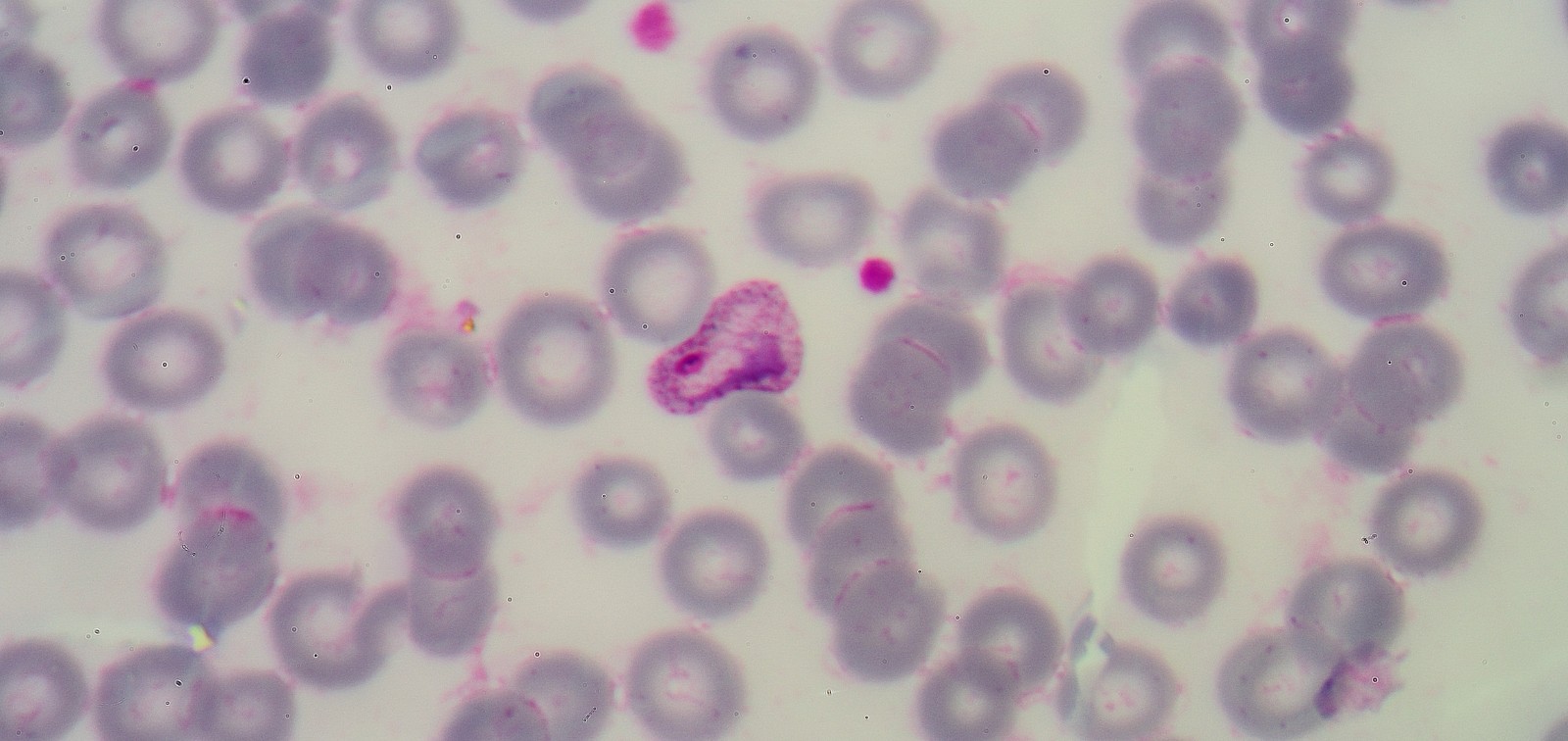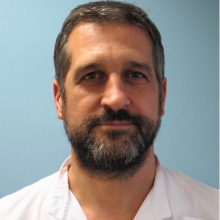G_SensMalaria
Portable Graphene Multiplex Electrochemical Sensor for Rapid Detection of Severe Malaria

- Duration
- 01/07/2022 - 30/06/2025
- Coordinator
- Claudio Parolo
- Funded by
- Ministerio de Ciencia e Innovación - Agencia Estatal De Investigación. Reference: CPP2021-008658 Call: Proyectos de colaboración público-privada
In 2020, malaria caused over 600,000 deaths and affected 241 million patients worldwide, representing a major healthcare and economic burden for many countries. In response to this the World Health Organization has established a malaria eradication program that has in the development of early-diagnostic tests one if its major pillars. In fact current gold standard tests for malaria diagnostics (microscopy and PCR) require fully-equipped laboratory, trained personnel and expensive equipment. In recent years, the use of lateral flow assays have revolutionized malaria diagnostics, allowing for a rapid response even at the point of care. However, they generally have lower sensitivity and specificity of the gold standard techniques, therefore requiring often a confirmatory analysis. Furthermore the vast majority of lateral flow assays detect the HRP2 protein, a malaria biomarker that is being deleted by the parasite in many endemic regions. This is generating a higher number of false negative results that represent a major threat for the patient’s wellbeing.
In the G_SensMalaria project, we plan to develop a multiplexed, point-of-care, electrochemical biosensor for the quantitative detection of up to 5 diagnostic (HRP2 and LDH) and prognostic (ANG1, ANG2 and sTREM) malaria biomarkers. Specifically, our device relies on two main parts: an electrochemical aptamer-based (EAB) sensor using a graphene-based printed inks and a portable potentiostat reader. The use of EAB sensors allows us to quantify biomarkers in less than 5 minutes, directly in undiluted blood. This is a unique technology that combine the properties of point-of-care sensors (speed and ease of use) with those of laboratory-based ones (quantification). For the fabrication of the graphene-based electrodes we will use the patented technology of GraphenicaLab (called wax-printed membrane) that allows to quickly and cheaply print thousands of electrodes using pre-functionalized (in this case with aptamers) graphene and other nanomaterials. Finally, thanks to the experience of Eurecat in the development of electrical hardware, we will be able to create a portable potentiostat capable to quantify the signal from 5 different working electrode and send the results wirelessly to a smartphone. The final prototype will be able to quantify in a single drop of blood the five biomarkers allowing the medical personnel to both diagnose and prognose malaria within minutes.
Indeed, this is an ambitious proposal that has the potential to really impact clinical practice in both developing and developed regions. We believe that our consortium is uniquely positioned to carry out such endevour, combining the clinical and biotechnological experience of the ISGlobal team, the chemistry and nanotechnological know how of Graphenicalab and the electrical and engineering capability of Eurecat, to deliver a disruptive fully working prototype ready to be validated and commercialized.
Total funding
181,821 €
Our Team
Coordinator
-
 Claudio Parolo Associated Researcher
Claudio Parolo Associated Researcher
ISGlobal team
-
 Jose Muñoz Associate Research Professor
Jose Muñoz Associate Research Professor -
DANIEL CAMPRUBI Assistant Research Professor
-
 Leire Balerdi Medical Research Fellow
Leire Balerdi Medical Research Fellow -
Qiuyue Yang Postdoctoral Fellow




